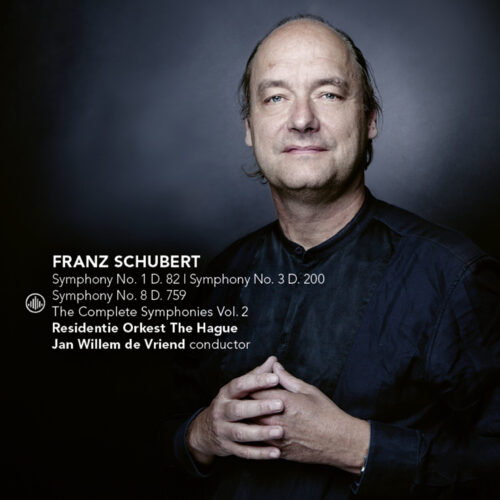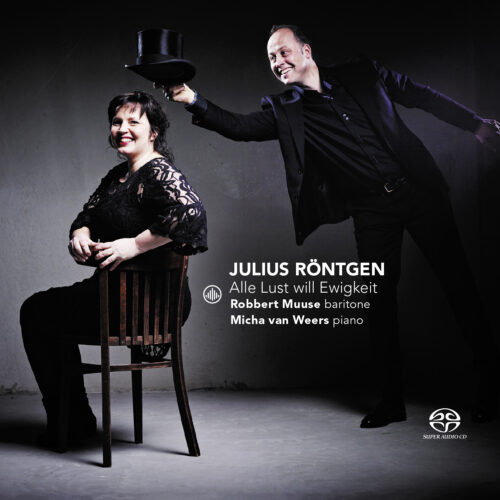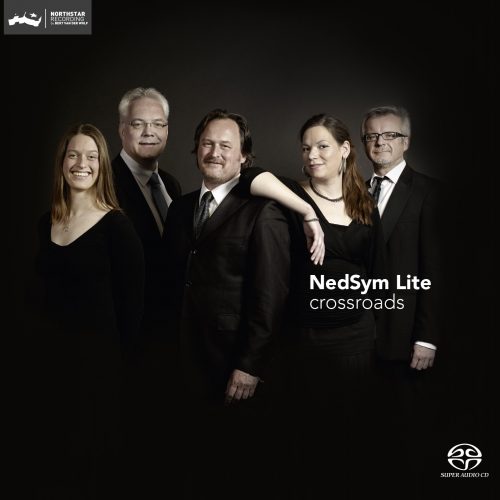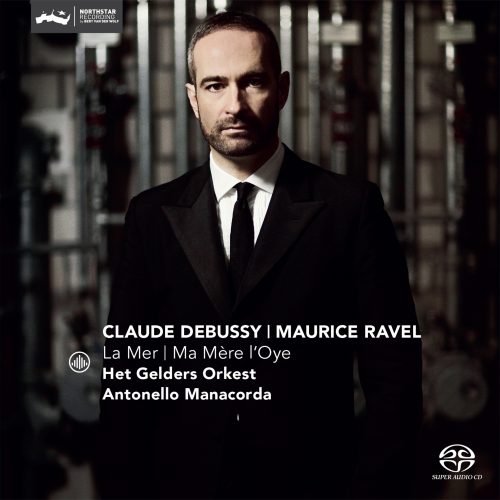While offering little suggestion of the symphonic mastery he would attain less than a decade later, the First Symphony, influenced by Mozart’s last symphonies and completed in October 1813, is a remarkable achievement.
Schubert composed his Third Symphony over a period of about two months, completing the work in July 1815. The Third Symphony is generally characterised by an increased rhythmic intensity, at times bordering on obsession. We may well think of Schubert primarily as a wonderful melodist, but driving, sometimes overpowering rhythm is just as strong a feature of many of his greatest works.
The question of why Schubert left this B minor symphony unfinished has continued to exercise scholars. The most convincing explanation is that he simply found himself unable to continue on the same exalted level and resigned himself to leaving the symphony as it was – two movements of breath-taking quality and imagination. There is no evidence that he ever wished, in his remaining six years, to return to the work, or that he regarded it as “unfinished”. Beethoven’s influence on the historic development of the symphony was staggering. His own examples, widening the expressive range of the genre, opened up a new world. Against this background, Schubert conceived a work of much greater poetry, drama and profundity than he had attempted in his previous symphonies.
Over-familiarity may well have blunted our appreciation of this symphony, which is strikingly original from almost every aspect. Apart from the concentrated, expressive quality, there is also a greatly enhanced sense of tone-colour, with much richer sonorities, and a new spaciousness.
Tracklist
Please note that the below previews are loaded as 44.1 kHz / 16 bit.Total time: 01:13:46
Additional information
| Label | |
|---|---|
| SKU | CC72802 |
| Qualities | |
| Channels | 2ch Stereo, 5 Channel Surround Sound, 2ch Stereo & 5ch Surround |
| Artists | |
| Composers | |
| Genres | |
| Mastering Engineer | Bert van der Wolf |
| Speakers | Avalon Acoustic & Musikelectronic Geithain |
| Recording Type & Bit Rate | DSD |
| Recording Software | Pyramix, Merging Technologies |
| Recording Location | No. 1 – Zuiderstrandtheater, The Hague, The Netherlands No. 3 & 8 – Atrium, Meppelweg, The Hague, The Netherlands, No. 1 – June 21-23, 2016 / No. 3 & 8 – June 5-8, 2018 |
| Recording Engineer | Bert van der Wolf |
| Recording Assistant | Martijn van der Wolf |
| Producer | Bert van der Wolf |
| Microphones | Sonodore |
| Editing Software | Pyramix, Merging Technologies |
| Digital Converters | dCS and Merging Technologies |
| Cables | Siltech Mono-Crystal cabling |
| Original Recording Format | |
| Conductors | |
| Instruments | Bassoon, Clarinet, Flute, French Horn, Trimpani, Trombone, Double bass, Cello, Oboe, Trumpet, Viola, Violin |
| Release Date | May 7, 2019 |
Press reviews
Positive Feedback
Symphony No. 3 follows No. 1 in Volume 2 of the cycle. I was recently relistening and allowed the third to roll along right behind the conclusion to the first, and I was struck by the perfectly natural fit of the two symphonies and the performances here. Oh, the music is different, of course. But the playing style, the energy, the humor, the sound field of the recording, are as one, all of a single fabric. The consistency is most satisfying. (…) So, if you are looking for just a single volume from this cycle to sample, I suggest Volume 2 as a good starting point.
HRAudio.Net
I will refrain from repeating my general remarks about Schubert (available here: Schubert: Symphonies 2 & 4 – de Vriend), neither will I dwell too much on the two youth symphonies included in this release. Not because they aren’t worth mentioning, but rather because the most impressive item here is number 7 (former 8), commonly called the ‘Unfinished’, or ‘Unvollendete’ in its native language, which deserves all our unmitigated attention.
When I was much younger, the ‘unfinished’ was one of the greatest war horses in the concert hall. Very in vogue by audiences, orchestras and … hall directors, with its beautiful melodies and catchy themes. This was Schubert’s “first Romantic symphony due to its emphasis on the lyrical impulse within the dramatic structure of Classical sonata form”, usually dished up with a fair amount of mellowness and pleasantly dreamy speeds. All of it in line with the views of the influential German critic, Hanslick, as published after the premiere in 1865: “The whole movement is a sweet stream of melodies, in spite of its vigor … “.
How utterly wrong they were (and some still are). A dramatic misunderstanding of Schubert’s deepest emotional creation. And how right Jan Willem de Vriend is in his reading of the score and all that’s hidden inside!
Here we have the ultimate combination of sorrow, angst, and resilience so immensely powerful unraveled by de Vriend’s masterly underlining the almost fatal dissonance in the first movement’s development and the dramatic outburst after the final repeat of the first theme. Most impressive!
Although the lyrical start of the second movement leaves the listener with an initial impression of ‘rural’ friendliness, in de Vriend’s reading it is soon overtaken by tragedy and waves of internal struggle. No sweetness here. De Vriend ably draws a befitting degree of harshness from the players of the ‘Residentie Orkest The Hague’, to bring into focus the composer’s recurrent mixed feelings of despair and resolve. This is for me the real Schubert at this point in life.
Ever since de Vriend became Principal Conductor of The Residentie Orkest The Hague, a shift in sound has occurred, at least whenever he is at the helm. It may be recalled that he originates from a historical practice background (Combattimento Consort, Amsterdam), which had a decisive effect on the period of his tenure at the Netherlands Symphony Orchestra, completely reshaping the sound of this provincial orchestra. This hybrid historical way of playing suits very well Schubert’s youth symphonies as recorded here with high spirited accounts of the first and third.
With such an impressive seventh, the almost unprecedented recording technique of Bert van der Wolf’s Northstar Recording Services, and depending on one’s personal take on Schubert, de Vriend’s release must now be reckoned to be amongst the very best available, trusting that the final installments (5, 6, and 8) will uphold the same high standard.
The liner notes give ample information and I was happy to learn from Jan Willem de Vriend’s bio that a recording of Mendelssohn’s concerti for two pianos is in the offing.
Only logged in customers who have purchased this product may leave a review.









Reviews
There are no reviews yet.